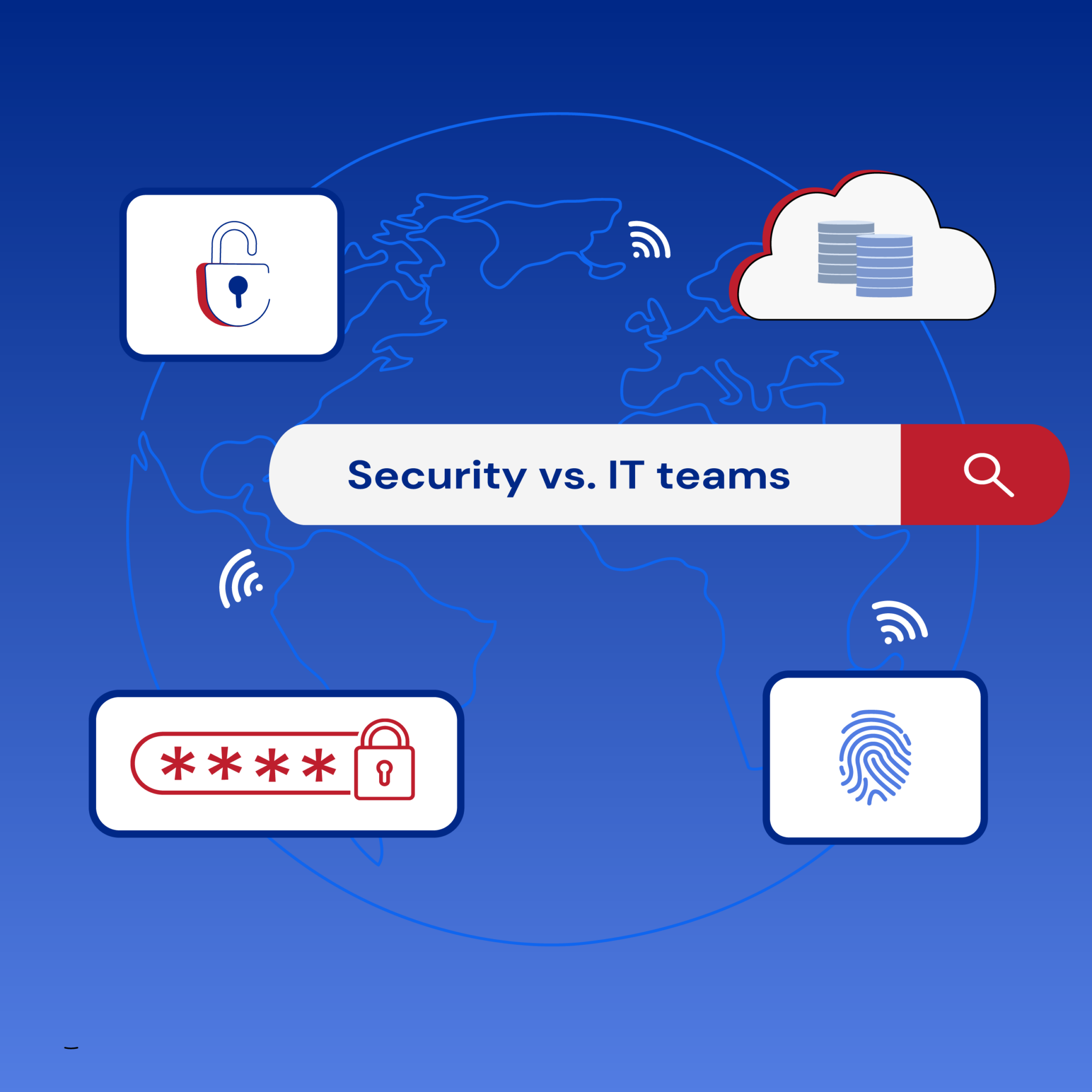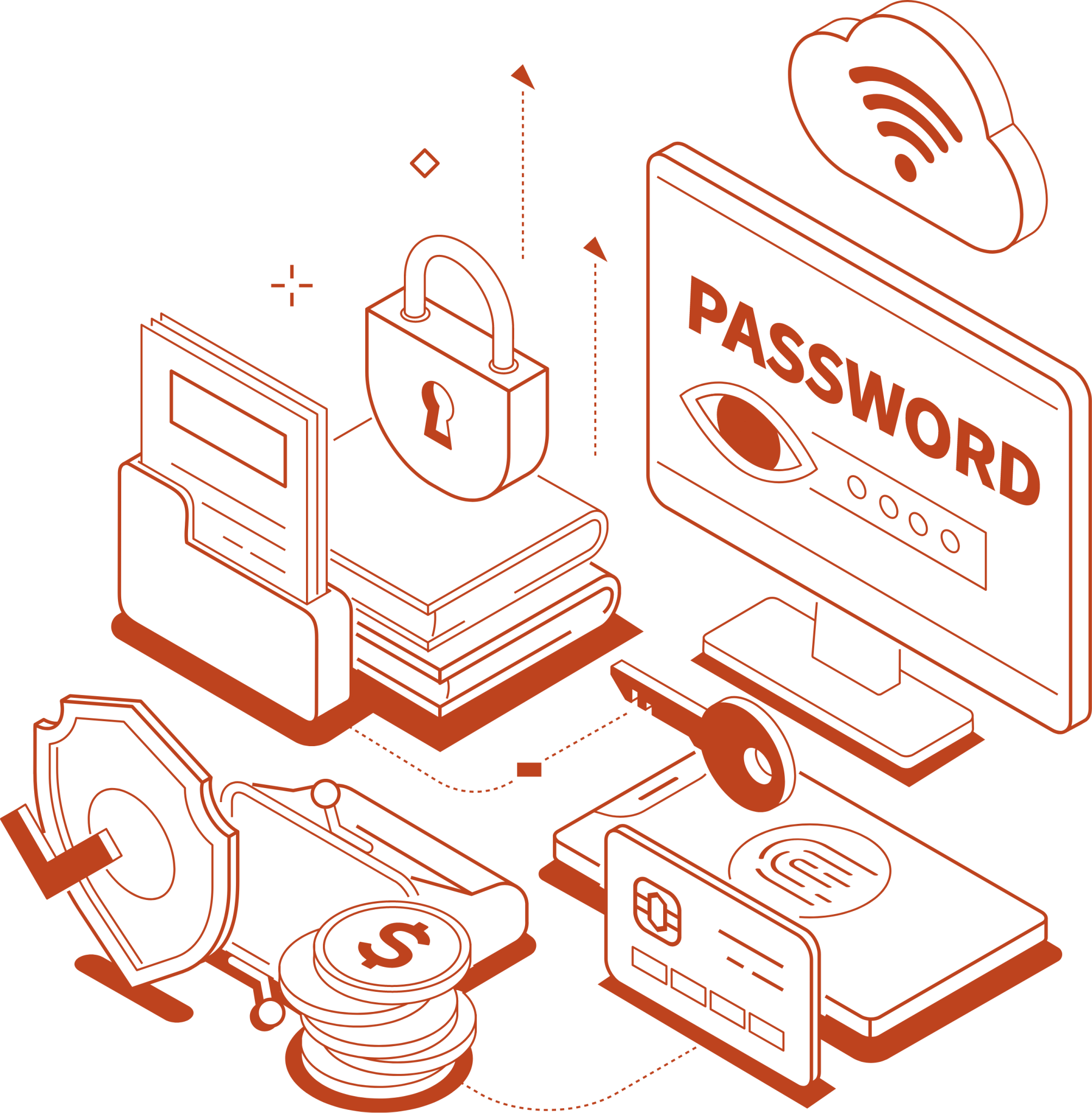Safeguarding America’s Lifeblood: Small Businesses
Economists in the United States believe that Small and Mid-Size Businesses (SMBs) are the backbone of the economy, accounting for 44% of economic activity and driving two-thirds of new jobs and innovation. Despite their pivotal role in fostering economic growth, these businesses find themselves facing an alarming and relentless wave of cyberattacks. This onslaught of cyber threats has left many SMBs treading water, struggling to fend off the ever-evolving and massive growth of cyber attacks. In this blog, we will delve into the various factors contributing to the surge in cyberattacks and explore the vulnerabilities that have left America’s lifeblood exposed.
Remote Work and Expanding Attack Surfaces
The COVID-19 pandemic accelerated the trend of remote work, compelling SMBs to adopt telecommuting practices swiftly. While remote work offers numerous benefits, it has also widened the attack surface for cybercriminals. Home networks and personal devices are often less secure than corporate networks, providing attackers with multiple entry points to infiltrate business systems.
Additionally, the rapid adoption of cloud-based services and collaboration tools has introduced new vulnerabilities that cybercriminals exploit to access sensitive data. With a mindset of protecting home networks as opposed to internal networks, many SMBs have struggled to educate, train, and equip their employees to be vigilant of consistent cyber threats. Let’s look at some of the reasons small business employees fail to protect themselves.
Lack of Cybersecurity Awareness and Training
Many SMBs, particularly those with limited resources, lack the necessary awareness and training to implement effective cybersecurity practices. Employees, often the weakest link in the cybersecurity chain, may inadvertently fall victim to phishing attempts or other social engineering tactics. Without proper cybersecurity education, SMBs remain susceptible to human error, making them vulnerable targets for cybercriminals seeking to exploit unwitting employees.
Limited Financial Resources
Unlike large enterprises, SMBs often have budget constraints when it comes to investing in cybersecurity. Sophisticated cybersecurity tools and services can be expensive, making it challenging for smaller businesses to afford comprehensive protection. As a result, cyber attackers view SMBs as attractive targets with potentially valuable data and weaker defenses, providing a high return on their investment in launching attacks.
Slow Patching and System Updates
SMBs may struggle to keep their software and systems up to date due to limited IT resources and time constraints. Cybercriminals exploit this weakness by targeting known vulnerabilities in unpatched systems. Without timely updates and patches, SMBs inadvertently leave the door open for attackers to gain unauthorized access to critical systems and sensitive information.
Improving at a lower cost
Small and Mid-Size Businesses are undoubtedly the lifeblood of the United States economy, driving innovation, job creation, and economic growth. However, the escalating frequency and sophistication of cyberattacks threaten their very existence. To safeguard the nation’s economic backbone, it is crucial for SMBs to recognize the evolving cyber threat landscape and take proactive steps to bolster their cybersecurity defenses.
Investing in cybersecurity awareness training, simple SaaS solutions, and adopting robust security measures is imperative. By fortifying their defenses and staying vigilant, SMBs can remain resilient against persistent cyber threats, ensuring their continued growth and prosperity in an increasingly digital world.
Get Started
Join us in prioritizing cybersecurity for your business! At Hada Security, we focus on empowering employees as an essential part of your cybersecurity defense. Take our 5-Minute Security Quiz to evaluate your employees’ security awareness and identify areas for improvement. Strengthen your security posture and create a safer digital environment for your organization






